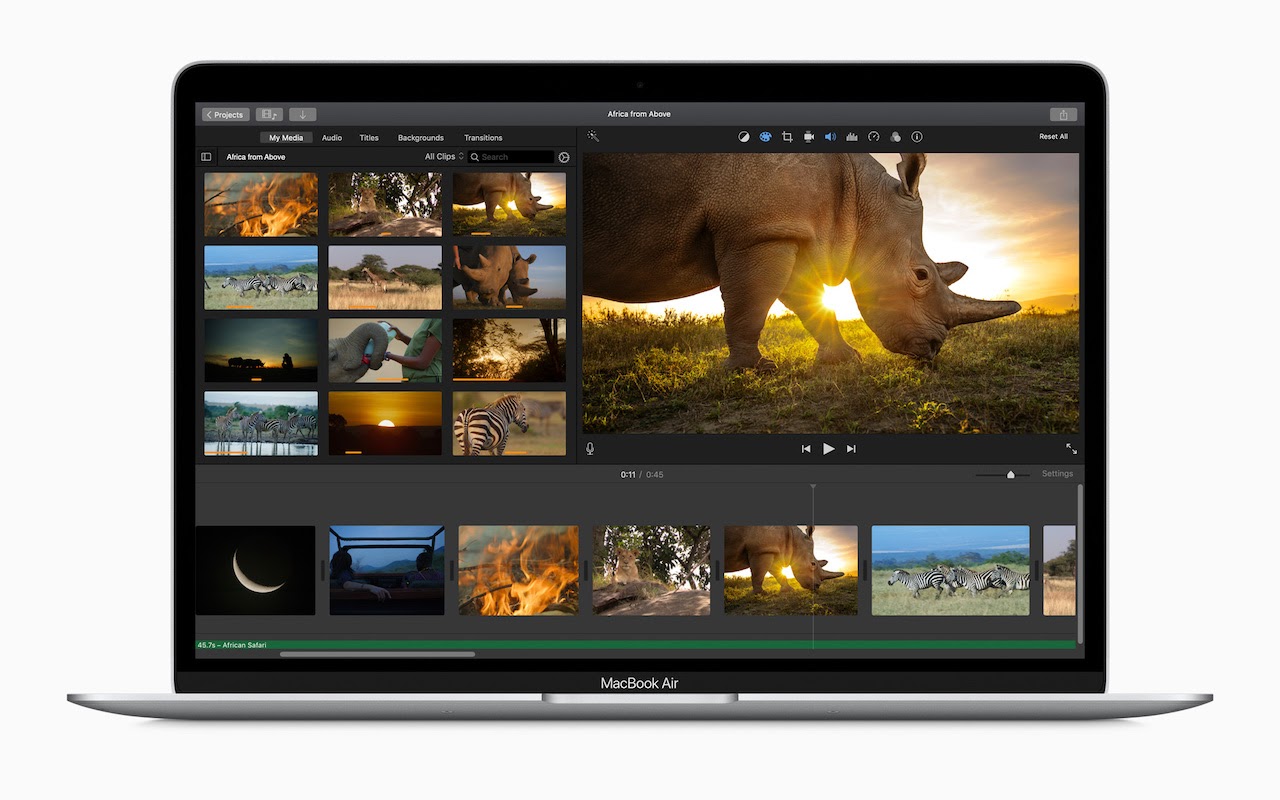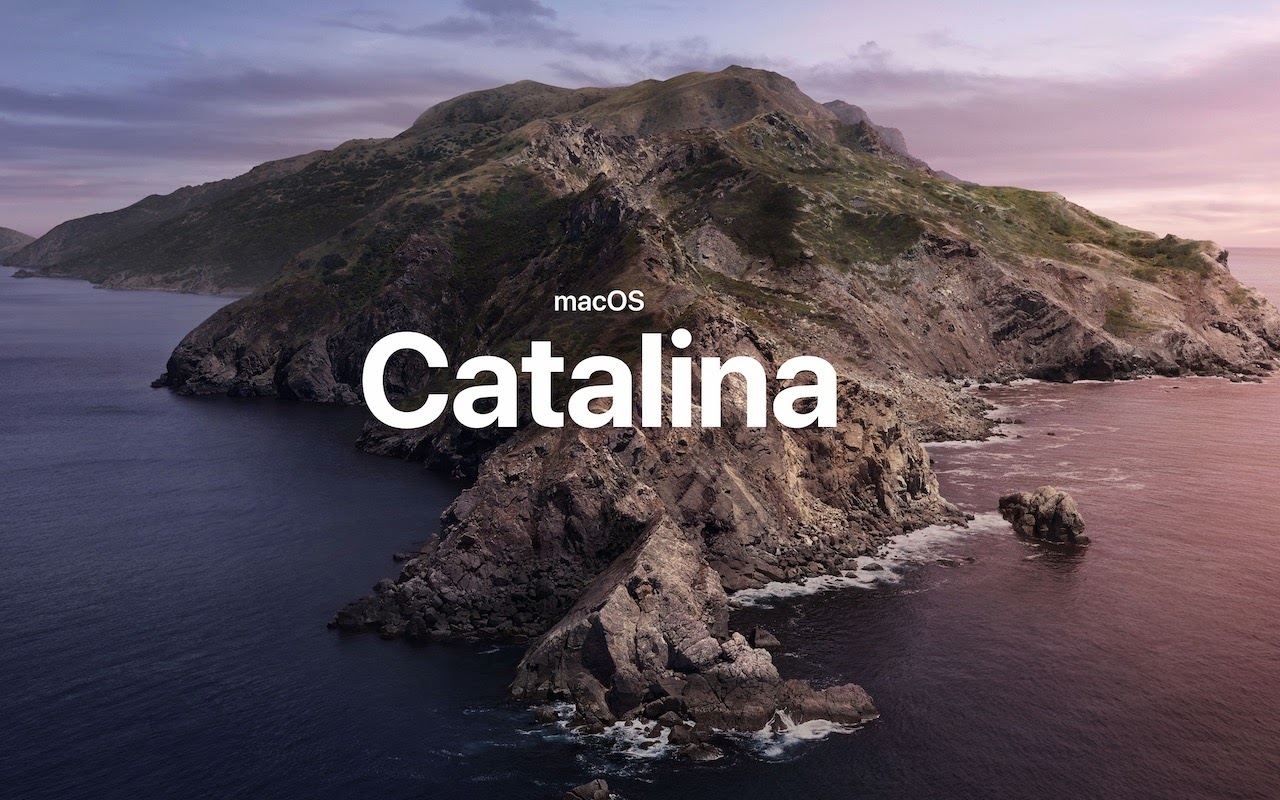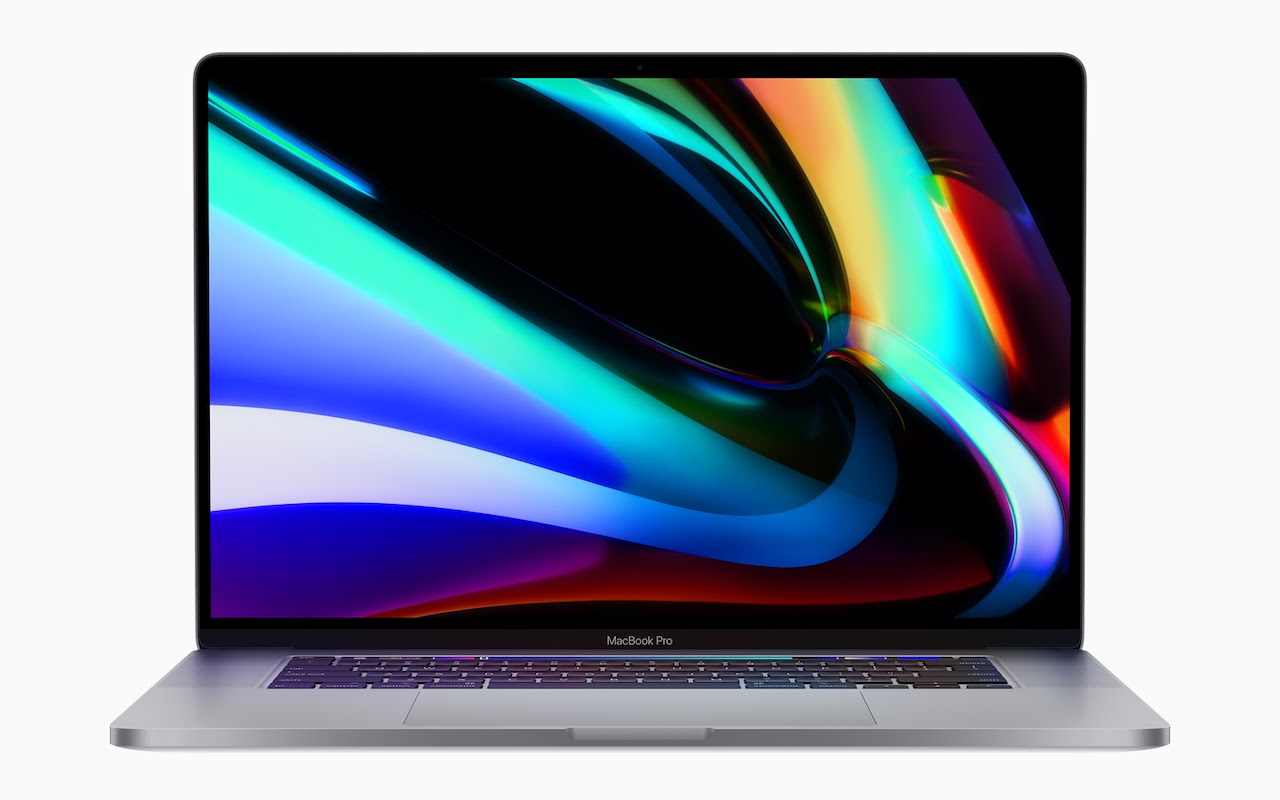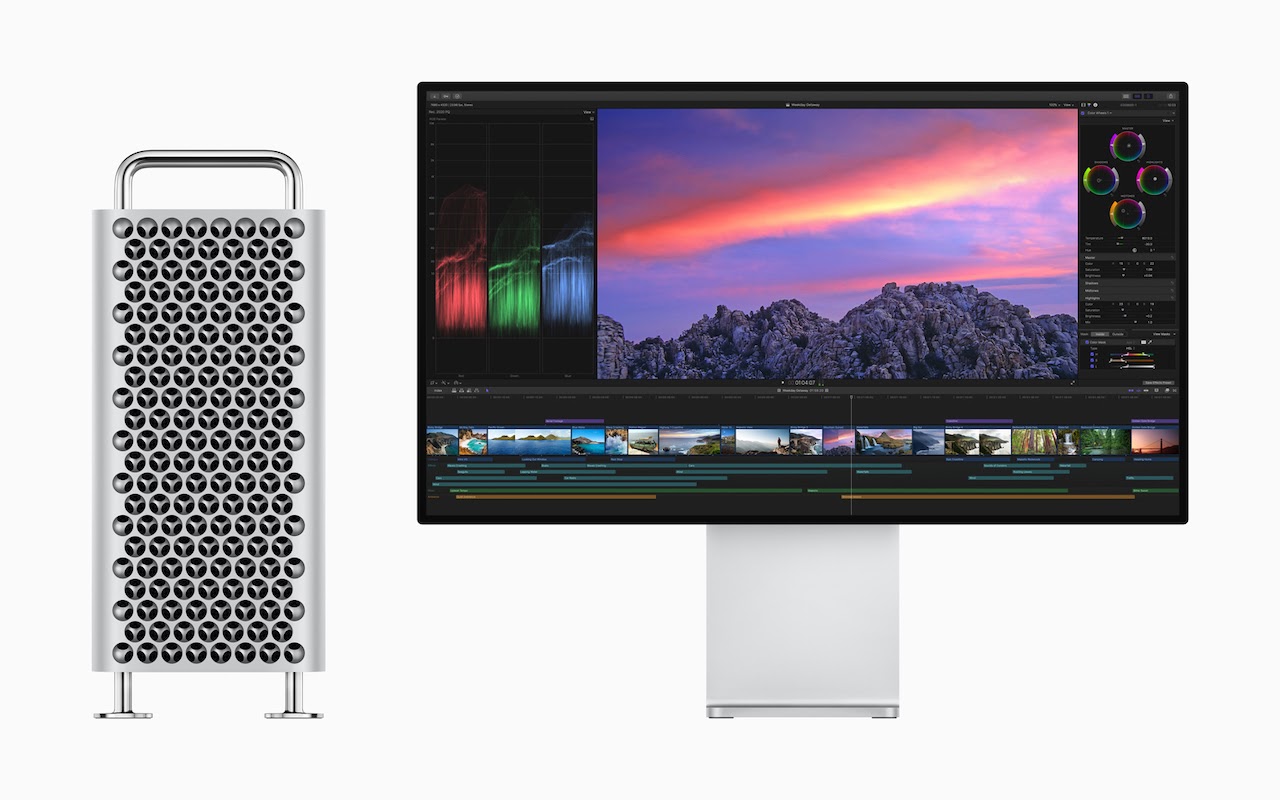What to Do If You Run Low on iCloud Storage Space
MacBook Air Update Features Magic Keyboard, iPad Pro Gets a Trackpad
Strategies for Moving from Mojave to Catalina
Make Your Own Keyboard Shortcuts on the Mac
Need to Import Photos from a non-iPhone or Want to Keep Images out of Photos?
Need to Import Photos from a non-iPhone or Want to Keep Images out of Photos?
Most Mac users rely on iPhones and iPads to take photos and store them in the Photos app, which happens automatically for those who use Apple’s iCloud Photos syncing service. But what if you want to import photos from a device other than an iPhone or iPad—say a Samsung smartphone running Android—and what if you don’t want those images in Photos? Turn to Apple’s Image Capture app, which has shipped with macOS for ages and is stored in your Applications folder’s Utilities folder. To use it, connect your device to your Mac via USB, launch Image Capture, and click the device in the sidebar. Choose a destination from the Import To pop-up menu, and then either select some photos and click Import or click the Import All button to get everything.

(Featured image modified slightly from an original by Al ghazali on Unsplash)
Got another minute? Here are 5 more great links.
- Use This Hidden Feature in Safari to Access Tabs on Your Other Apple Devices
- Here’s How to Make Screenshots and Screen Recordings with Mojave’s New Interface
- Use Continuity Camera to Scan Documents and Take Photos Right into Mac Documents
- A Simple Technique for Decluttering Your Reminders List
- Use Copy as Pathname to Help Someone Find a File on the Mac
Plus 1 or 2 more…
- Need to Do Some Simple Math? Get Siri to Do It!
- A Quick Trick to Turn Your iPhone into a Magnifying Glass
How to Find the Snaps You Want in the Mac’s Photos App
New 16-inch MacBook Pro Sports a Redesigned Scissor-Switch Keyboard
Migrate to a New Mac Right Away, Rather Than Waiting
Migrate to a New Mac Right Away, Rather Than Waiting
The next time you buy and set up a new Mac, make sure to migrate data and apps from your previous Mac to it right away during the initial setup. It can be tempting to see what it’s like to use it fresh from the factory or to delay migrating because doing so would force a macOS upgrade, but waiting is a mistake. The problem is that if you do real work in an account on the new Mac, when it comes time to use Migration Assistant to bring over data from your old Mac, there’s no way to merge the old and new accounts. The best workaround is to make sure all important data on the new Mac is also stored in a cloud service like iCloud Drive or Dropbox, and then replace the new account on the new Mac with the old account from your previous Mac. Bring all the data back down from the cloud afterward.

(Featured image built with images from Apple and Marc Mueller from Pexels)
We’ve got more migration tips here.
- A Step-by-step guide to Migration Assistant.
- Migrate Your Data from an Old iPhone to a New One with iOS 12.4’s New Feature
- Make a Backup before Upgrading to Catalina or iOS 13!
- Making the switch: Strategies for Switching from a Windows PC to a Mac











